3. Circular fashion#
Inspirational projects#
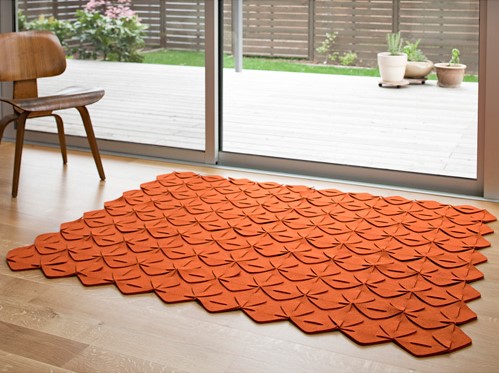

This week’s task came with a lot of challenges, one being designing the pattern that would interlock and not fall apart. Finding the right interlock pattern was quite a task for me. I tried different types and ways to make it work. For this I drew my pattern on paper, cut it out and fiddled it together. The results were not very satisfying. The pattern and the material did not smoothly intertwine, the result were gaps between the elements which could be a problem when designing clothes or something similar. Most of the fashion industries using modular system on the garments. In this assignment, we have to design modular fashion and seamless garments. I got interested in investigating all the possible variables in geometry.
Process#
I took first prototype with paper and scissor to understand what is interlock.


First, I started understanding the interlock system. I drew various geometric shapes on paper. To create a circular fashion , I was doing experiment on the different shapes. I tried basic shapes of geometric parameters like circle, square etc.
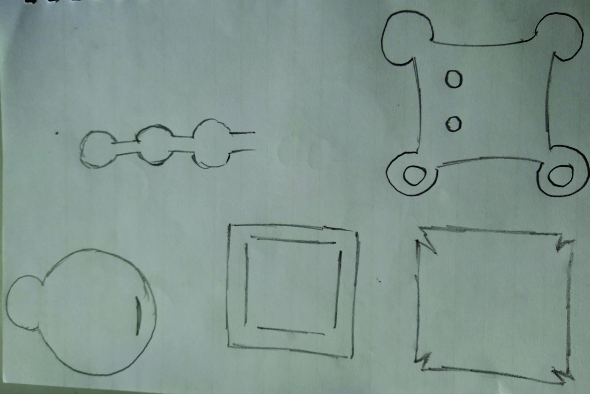
My first trial#
I used corel draw (2D software) for this assignment. I designed the modules on corel draw from the basic shapes of geometry. I create one 2d design to make lantern. And took trials on simple cotton fabric. But I want to make it with lather. I took trial on the cotton fabric. I have used laser cutter for digital badies assignment but now I have to cut fabric which is very thin. I have started to take trials on the laser cutter. I take different speed and power to cut it properly.
I made one simple 2d pattern in Corel Draw and then save that DXF file.

Import that file in RD works.
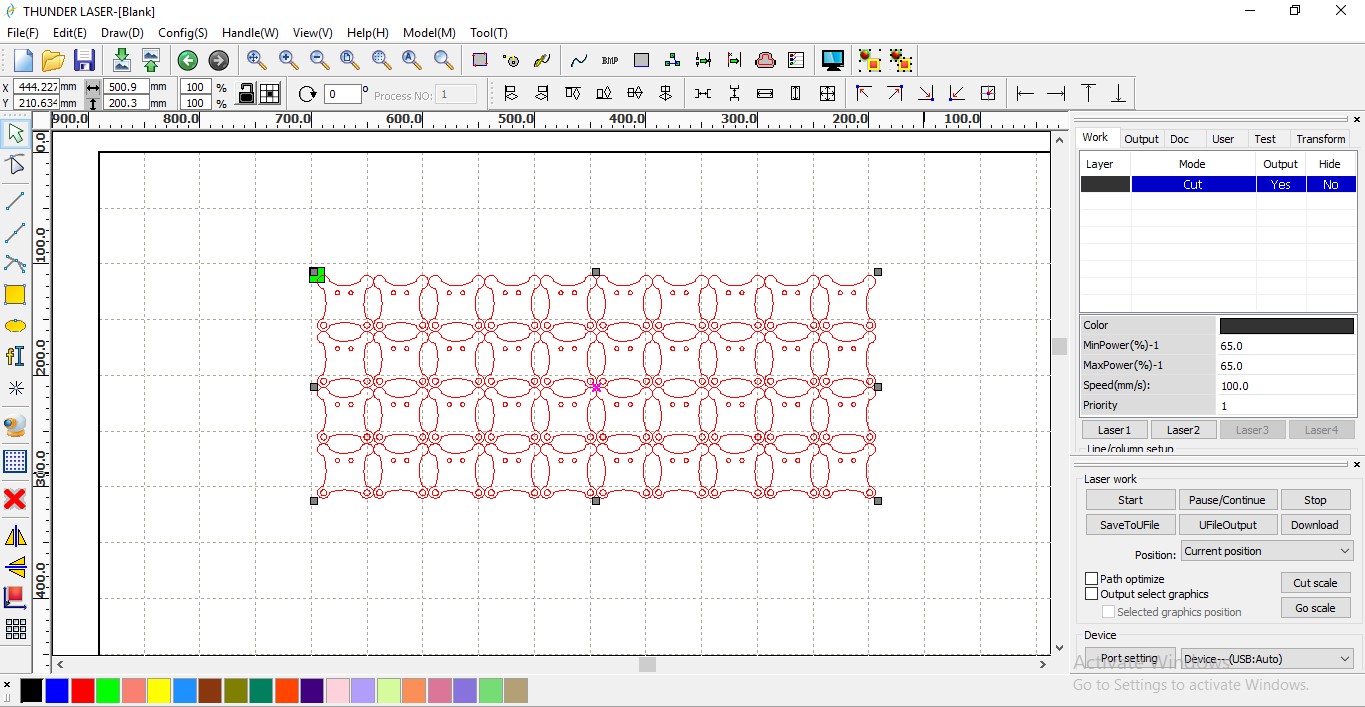
Laser cutting
First I took 40 power and 70 speed . Then I change power and speed.
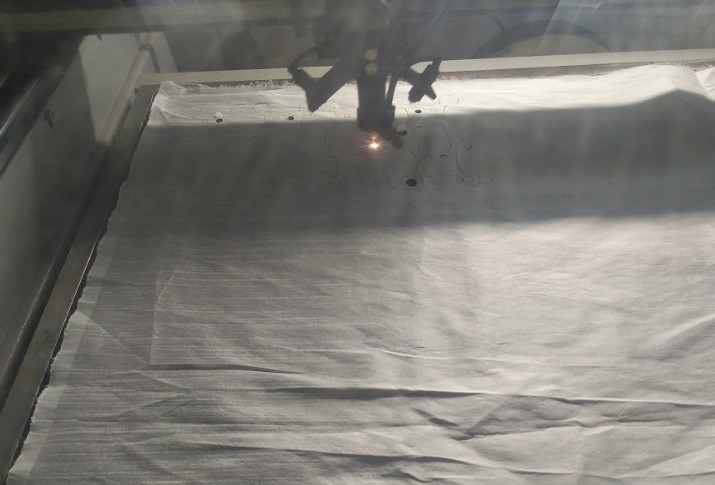
For Cotton and cotton silk I finalized 30 power and 130 speed to cut the fabric.

I made some samples of interlock on waste fabric in my lab. I used cotton and silk to take laser cutting trials. Shubham teached me laser cutter in week two. But for this week I learn how to calculate speed and power for different types of fabric.

Project 1 - Skirt#
Idea#
I got idea to make interlock skirt from this link.
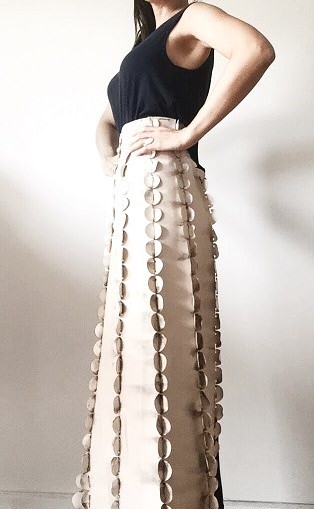
Process#
I made 2nd interlocking pattern. From this, I use cotton white fabric and dye it with turmeric and tea which is documented in Assignment no.4.
steps#
- I make 2d design in corel draw software.




- Save file in DXF.

- Import DXF file in RD works.
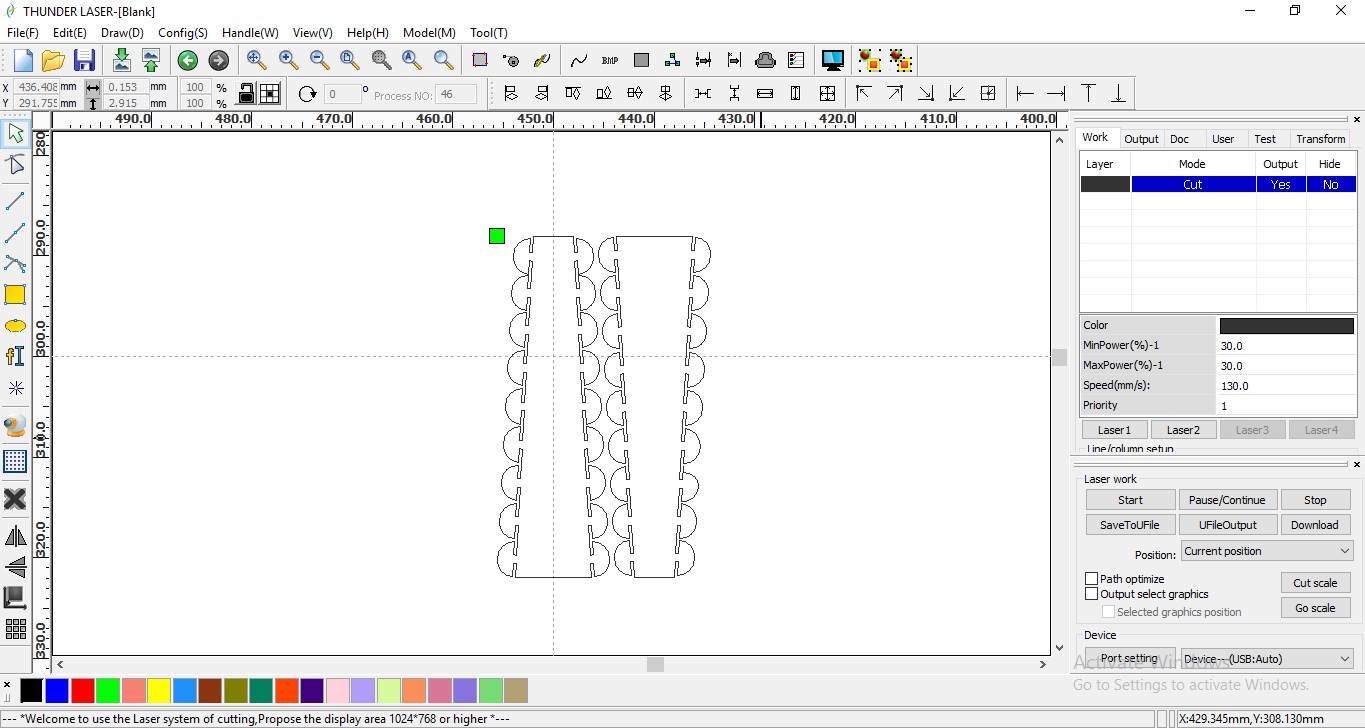
- Laser cut with power 25 and speed 130
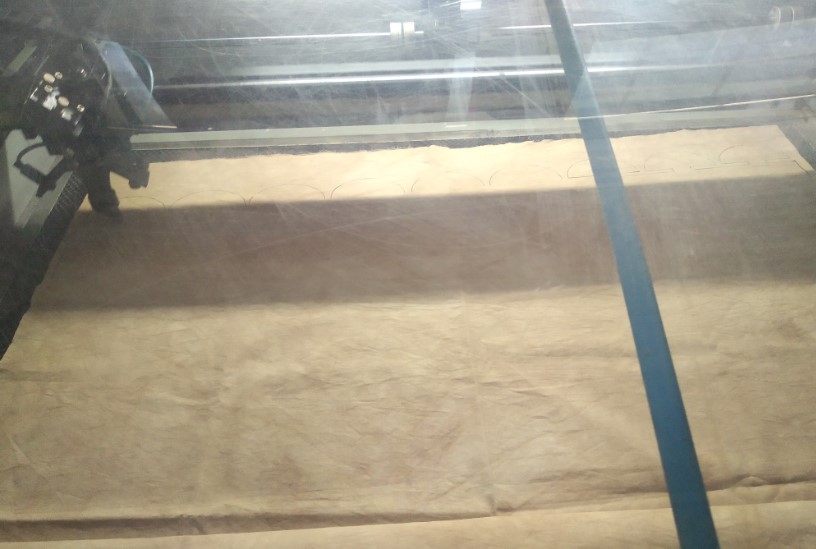
And took trials with setting speed 120 and power 30 to cut cotton fabric. For laser cutting, I took trials of cutting lather fabric on laser machine and I got power 25 , speed 130 to cut the cotton fabric.
Final results#
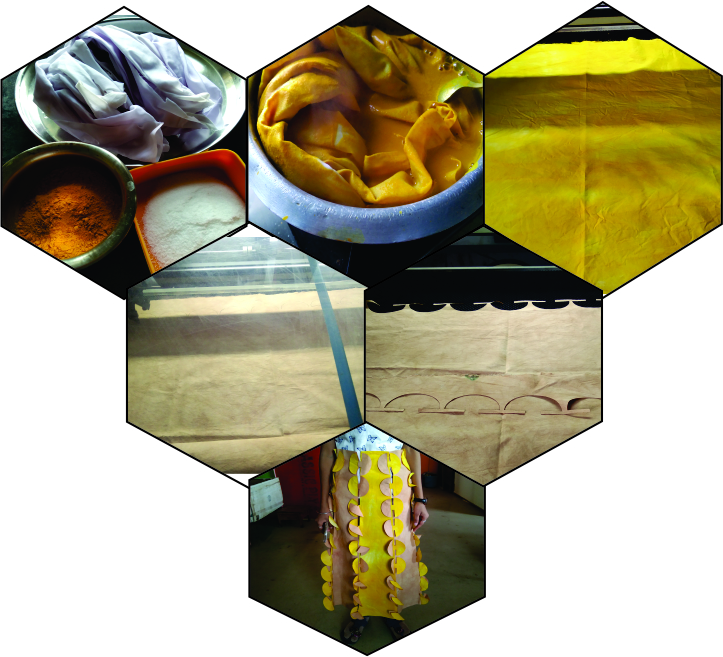

My Diwali Lantern#
Diwali is very special festival for every region in India. In this Diwali festival, me and shubham decided to make 2 lantern for Vigyan Ashram and my home. I use Lather fabric for lantern. I took that pattern which is made for test of laser cutting .Shubham teached me how to use Laser cut machine in Digital bodies assignment. But for this I use lather fabric. So, I have to check other speed and power to cut lather fabric. I took 40 power and 110 speed but lather fabric not cut with that. So, I finalized 60 power and 90 speed.
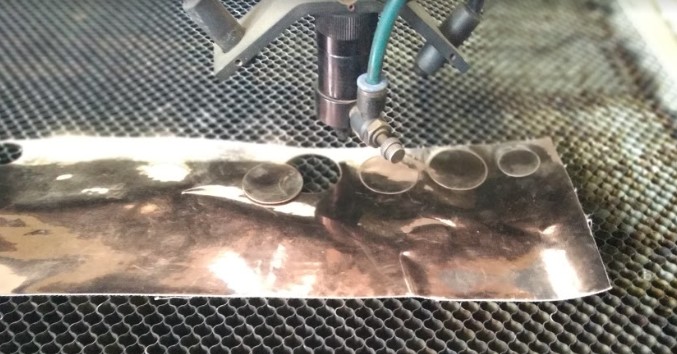
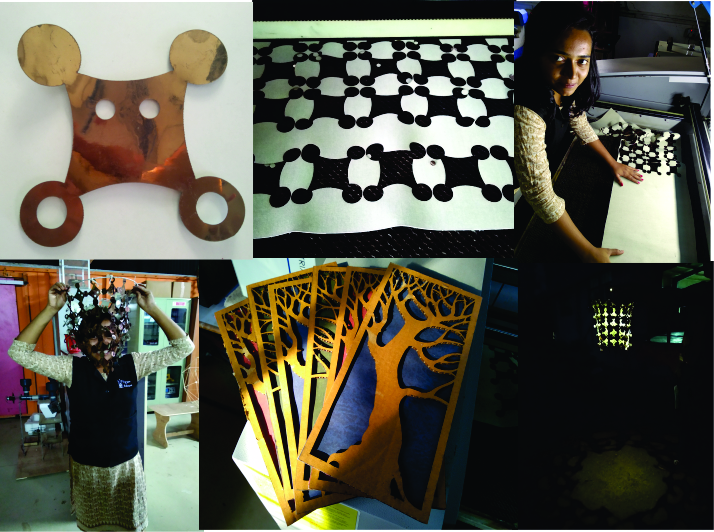
#fabricademy circular fashion - lantern from HARSHADA RAUT on Vimeo.
Final result

Project 2 - Jacket#
I decided to make jacket from interlocking. I create a design on corel draw. I took a measurement for jacket. I draw all the possible shapes for the jackect for interlock system. Now, my design is ready but I need some time for laser cutting and material selection.
Process#
- Design on corel draw.


- Import in Rd works

-
Test on Lather fabric.
-
Laser cutting with speed and power.
-
Assembly of interlocks.
-
It’s Results.
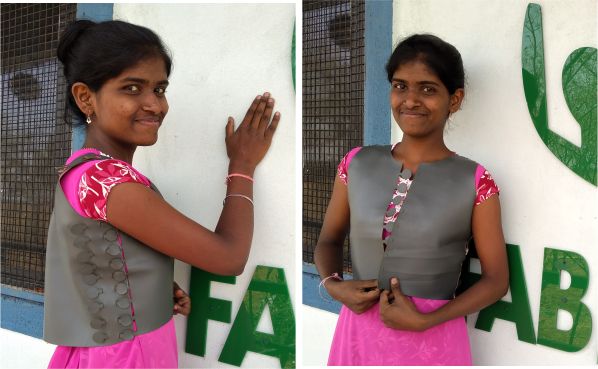
Orignal files#
What i learnt…?#
You can make your dress without sewing…🤩
In this week I learn 2d design on Corel Draw. And how to make modular fashion from interlocking. I get very interested to do this 2d design and make fashion from interlocking. So, I make lantern and skirt for this assignment. Most interesting thing I made for this assignment is interlocking Jacket. I was waiting for the best material and I got it.

Fabricademy by Harshada raut is licensed under a Creative Commons Attribution 4.0 International License.
Based on a work at https://class.textile-academy.org/.
Permissions beyond the scope of this license may be available at http://vigyanashram.com/.